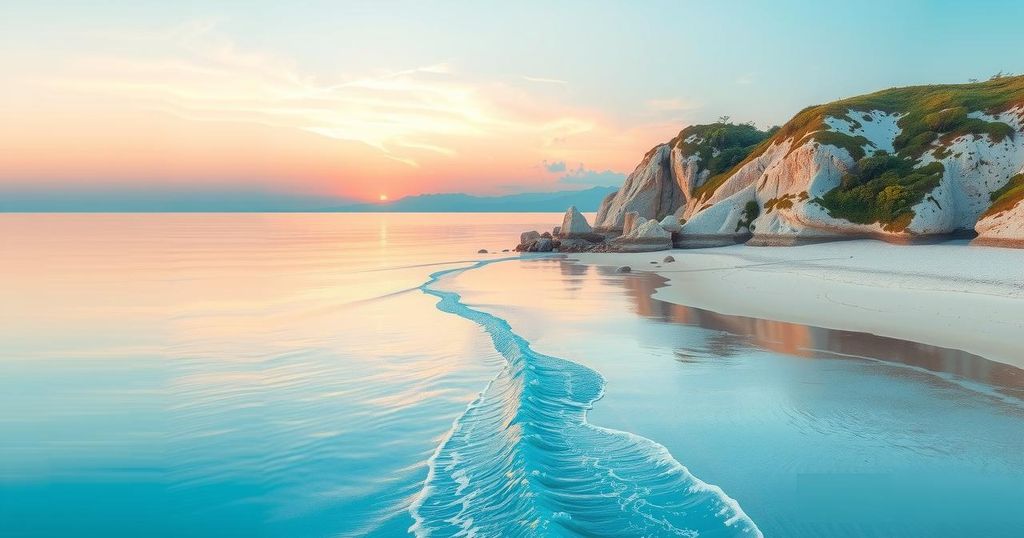Scientists Chart Radiation at WA Nuclear Blast Site 70 Years On

- Montebello Islands show plutonium levels 4,500 times higher than WA coast.
- Recent study suggests marine sediment contamination similar to Marshall Islands.
- Research ongoing to understand radiation impacts on marine ecosystem.
- Visitors advised to limit time on contaminated islands to mitigate risk.
- Historical nuclear testing leaves a lingering legacy of radiation concerns.
Discovery of High Radiation Levels at the Islands
Radiation Levels Remain High at Montebello Islands 70 Years On. According to a groundbreaking study, marine sediments from the Montebello Islands, located off the coast of Western Australia, contain plutonium levels that are astonishingly higher than elsewhere on the WA coast. The study revealed that some concentrations of plutonium recorded are up to 4,500 times greater than those found along coastal areas, an alarming finding that has raised serious questions about the lasting impact of past nuclear testing in the region. Given the islands’ history with British nuclear tests conducted between 1952 and 1956, these levels of contamination do not just warrant concern but also indicate a long-standing legacy of nuclear fallout that is still very much present.
Studying the Long-term Effects of Historical Nuclear Testing
The Importance of Understanding Radiation Risks. Researchers from Edith Cowan University embarked on an investigation that ultimately spanned more than three years to measure the levels of plutonium lingering in the marine environment of the Montebello Islands. From their extensive fieldwork, including diving excursions to collect sediment samples from over 66 locations, the team was able to map out the areas most affected by contamination. Lead researcher Madison Williams-Hoffman noted two critical factors contributing to the ongoing radiation legacy: the direction of wind during the initial detonations and the forces of nature like tides and cyclones that have redistributed the plutonium over time. Remarkably, some radionuclide concentrations found on the islands are comparable to those seen in the Marshall Islands, locations that experienced significantly more intense nuclear testing than Montebello, raising questions about how the environment is retaining these harmful substances.
Anticipating Future Research on Radioactive Environment
Challenges Ahead for Marine Management in WA. Tim Hunt from the WA Parks and Wildlife service remarked that managing the radiation risks at the Montebello Islands carries unique challenges, reminding us of the delicate balance between environmental conservation and public safety. With directives in place limiting visitors’ time on the contaminated islands to no more than one hour per day, it is a priority for officials to ensure the public is aware of potential hazards. Hunt emphasized that while there’s inherent risk in exposure to marine sediment, the current safety measures are tailored to ensure minimal risk during short visits. As studies like these unfold, further scrutiny will be required to fully understand how such high radiation levels impact not only human visitors but also marine life in these historically significant waters, ensuring that the islands remain protected for future generations to appreciate without putting themselves at risk.
This study throws light on the troubling legacy of British nuclear testing at the Montebello Islands, revealing radiation levels markedly higher than the rest of Western Australia. As researchers continue their evaluations, the risks tied to exposure must be acknowledged while efforts to protect this historical site from over-tourism are also considered. Understanding the long-term environmental implications is vital as the community grapples with the presence of contaminants that may linger far into the future. The findings underscore the importance of continued monitoring and research to safeguard both the historical significance of the islands and the health of those who may visit them.








